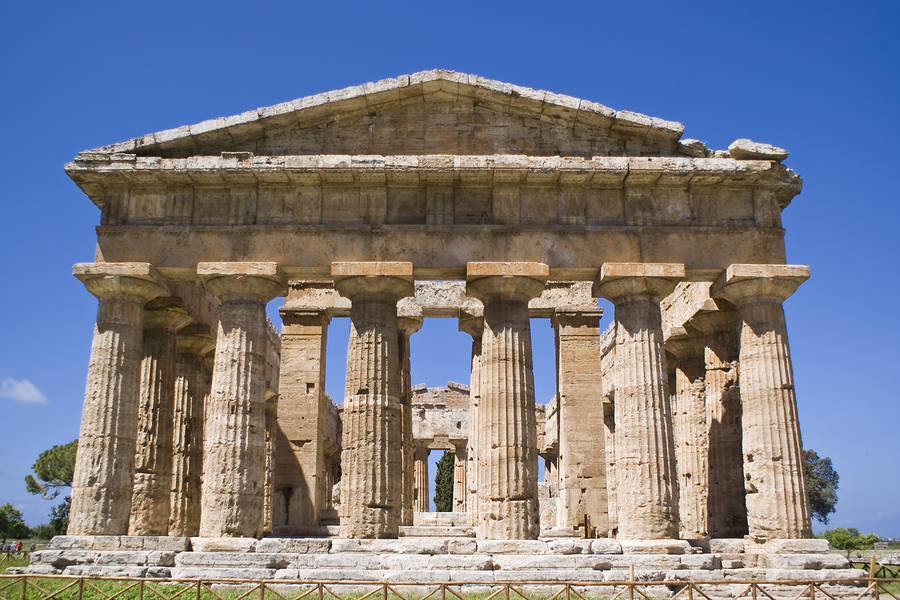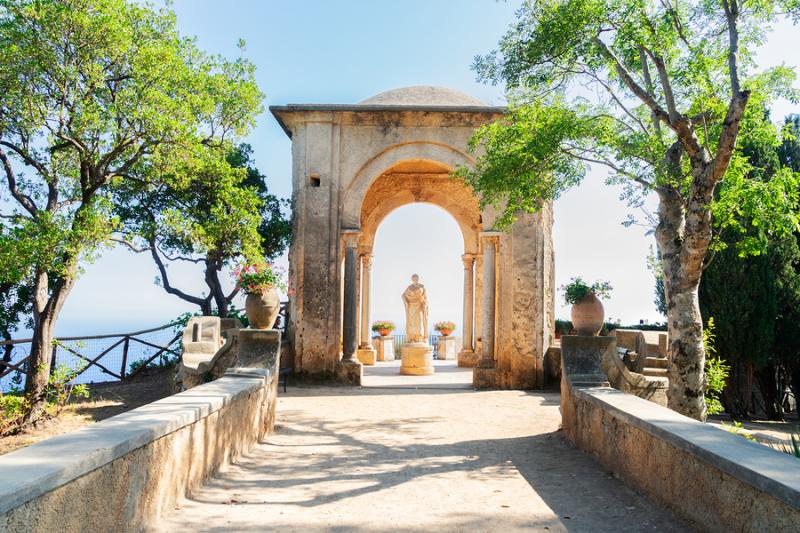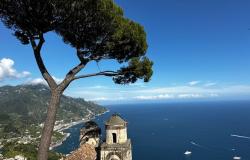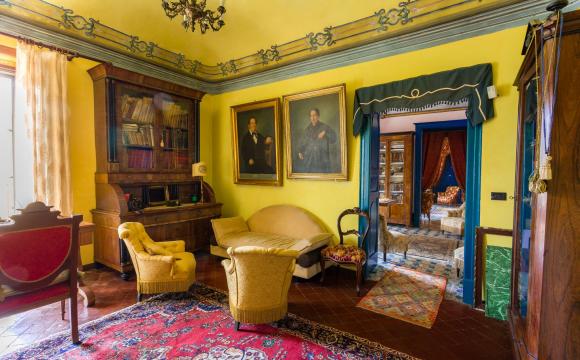The southern region of Campania – the one you’re most likely to visit for Pompeii and the Amalfi Coast – has five UNESCO World Heritage sites (plus one you can eat) and here we guide you to their discovery.
Naples
The historic center of Naples has been a UNESCO site since 1995. Here’s UNESCO’s reason for inscribing it:
“From the Neapolis founded by Greek settlers in 470 B.C. to the city of today, Naples has retained the imprint of the successive cultures that emerged in Europe and the Mediterranean basin. This makes it a unique site, with a wealth of outstanding monuments such as the Church of Santa Chiara and the Castel Nuovo.”
Napoli is one of Europe’s oldest cities; its origins go back to the 9th century B.C. when it was founded as Parthenope. It was later re-established as Neapolis (New City), in 470 B.C. The urban fabric of its historic center retains many elements of its long history, such as the rectangular grid layout of the ancient Greek foundation.
The city's history is strictly related to its position on the Bay of Naples, and its role as a port. As UNESCO put it, “Naples has exerted great influence on the rest of Europe ever since the antiquity, as a major center in Magna Graecia and of the Roman Republic. Its role as one of the most influential cultural centers in the Mediterranean region was reconfirmed in the Middle Ages and again from the 16th to 18th centuries, being one of the major European capitals, and exerting important influences in many cultural fields, especially related to art and architecture.”

[Street in Naples's historic center.]
This can still be seen today, in its ancient forts, royal ensembles such as the Royal Palace, the palaces and churches built by noble families, obelisks, monasteries, cloisters, museums, catacombs, statues, monuments, and numerous archaeological excavations.
Read our guide on the 29 things you must do in Naples.
Also, not a site, but in 2017, the “art of the Neapolitan Pizzaiuolo” was inscribed into UNESCO’s list of the Intangible Cultural Heritage of Humanity.
Archaeological Areas of Pompei, Herculaneum and Torre Annunziata
South of Naples is Pompeii, the Roman city famously destroyed by the eruption of Mount Vesuvius in 79 AD. Everybody goes to Pompeii, but there was actually another town, Herculaneum, which was also submerged by the ashes, and its remains are even better preserved, according to UNESCO; in addition, and this is also often overlooked, the site comprises the “superb wall paintings of the Villa Oplontis at Torre Annunziata give a vivid impression of the opulent lifestyle enjoyed by the wealthier citizens of the Early Roman Empire.”

[View of Herculaneum archeological site.]
The UNESCO reason for the 1997 inscription is that “the impressive remains of the towns of Pompei and Herculaneum and their associated villas, buried by the eruption of Vesuvius in AD 79, provide a complete and vivid picture of society and daily life at a specific moment in the past that is without parallel anywhere in the world.”
As excavations continue and restoration work is carried out at Pompeii, more amazing discoveries emerge. Here’s our guide to the latest areas opened in Pompeii.
Costiera Amalfitana
Further south is the beautiful Amalfi Coast, a UNESCO site since 1997, comprising 12 villages representing “an outstanding example of a Mediterranean landscape, with exceptional cultural and natural scenic values resulting from its dramatic topography and historical evolution.”
Think lemon trees, the terraced orchards of Amalfi and Ravello, the 1st century Roman villas of Minori and Positano, the ceramic artifacts of Vietri sul Mare, colorful fishing villages, patches of purple bougainvillea, villages, rocky gorges and arches, caves and steep cliffs, turquoise sea, bays and caves that suddenly open up, small villages carved into the rock. Do we need to give you more reasons?

[Beautiful corner of Ravello on the Amalfi Coast.]
The best way to explore the Amalfi Coast? On foot.
18th-Century Royal Palace at Caserta with the Park, the Aqueduct of Vanvitelli, and the San Leucio Complex
You may have heard about the Royal Palace of Caserta, a monumental complex created by the Bourbon king Charles III in the mid-18th century to rival Versailles and the Royal Palace in Madrid, “exceptional for the way in which it brings together a magnificent palace with its park and gardens, as well as natural woodland, hunting lodges and a silk factory.” You may also have heard about it for the disgraceful state in which the Royal Palace once was.

[The Royal Palace of Caserta.]
The lesser-known but no less interesting San Leucio complex was converted by King Ferdinando IV of Bourbon into a silk mill “to create an idealistic community of workers, who were guaranteed homes, schools, medical care and all services. The huge building complex, set around the inner courtyards, became the symbol of a model society based on the value of work and equality.”
And the aqueduct is “a stunning work of engineering and provides an extraordinary infrastructure not only serving the palace, the gardens and the future capital of the kingdom, but also the mills, the ironworks and the manufacturing industries located along its path.”
Here are ten reasons to visit the Royal Palaces in and around Naples including Caserta.
Cilento and Vallo di Diano National Park with the Archeological Sites of Paestum and Velia, and the Certosa di Padula
The Cilento, in the southern part of the region, is another area worth visiting: “a major route not only for trade, but also for cultural and political interaction during the prehistoric and medieval periods,” writes UNESCO, which inscribed it in 1998. It adds that, “The Cilento was also the boundary between the Greek colonies of Magna Graecia and the indigenous Etruscan and Lucanian peoples. The remains of two major cities from classical times, Paestum and Velia, are found there.” Intrigued? Rightly so.

[The Temple of Neptune at Paestum.]
The site contains dramatic groups of sanctuaries and settlements extending across three mountain ridges in the province of Salerno; the archaeological area of Velia, which preserves the monumental remains of the colony of Elea, founded by the Phocaeans in the second half of the 6th century; and the Certosa di San Lorenzo at Padula in the Vallo di Diano, which is one of the most impressive monastic structures in the world, whose construction began in 1306.
Plus lots of mozzarella, which doesn’t have UNESCO status, but we recommend you make it part of your Campania trip.







